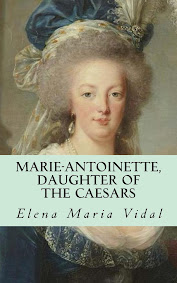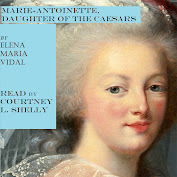It was Pope Paul VI who in 1970 finally granted the Title of Doctor of the Church to St Teresa, finally answering a request that was first elevated in 1597 by all the cathedral chapters of Spain to Pope Clement VIII. The petition had been repeatedly denied by Rome dryly arguing Obstat sexus (her sex prevents it).
The devotion of the Spanish people was too great to be contained, and while the title of doctor of the church could not be used, this did not stop her receiving other titles such as doctrix seraphica or doctrix mystica.
St. Teresa was particularly popular among the scholars of the University of Salamanca, who were tasked with the efforts for her canonization and are likely responsible for the apparition of the biretta in her iconography. This intrusion by a member of the opposite sex into academic circles must not have been too shocking, since it is known that at least 4 women attained degrees and taught in Spanish universities at the turn of the 15th century, and while very rare, the precedent was set. While the academic bonete with white tuft can be found in depictions of the saint as early as 1647, it usually placed on the side, with the first images of her actually wearing it dating from the mid 18th century. As the depiction of Saint Teresa donning the 4-horned “bonete” with white tuft gained popularity, we see examples of sculptures getting the hat added later on or as an accessory to be used on particular occasions.
An atypical example of these removable birettas is the one crafted by Fr Félix Granda in 1922. Rather than being shaped like the traditional 4-horned “bonete”, it was modeled after the 8 sided academic caps used by the doctors of the university of Salamanca at the time. Also, instead of being made out of wood or fabric, it was crafted in gold plated silver and profusely decorated with filigree, enamels, ivory and gemstones. (Read more.)
Tota pulchra es Maria
4 days ago


















No comments:
Post a Comment